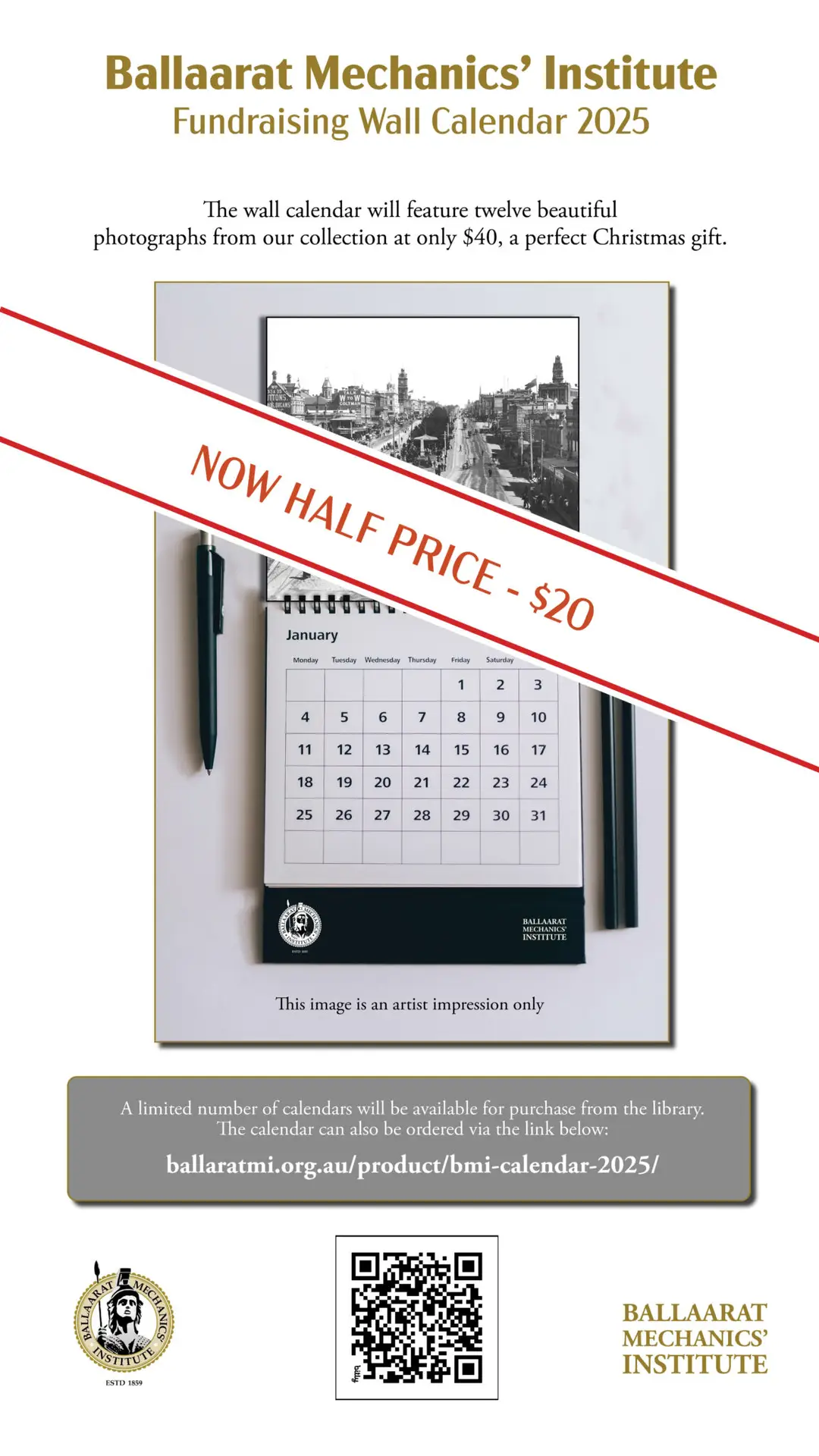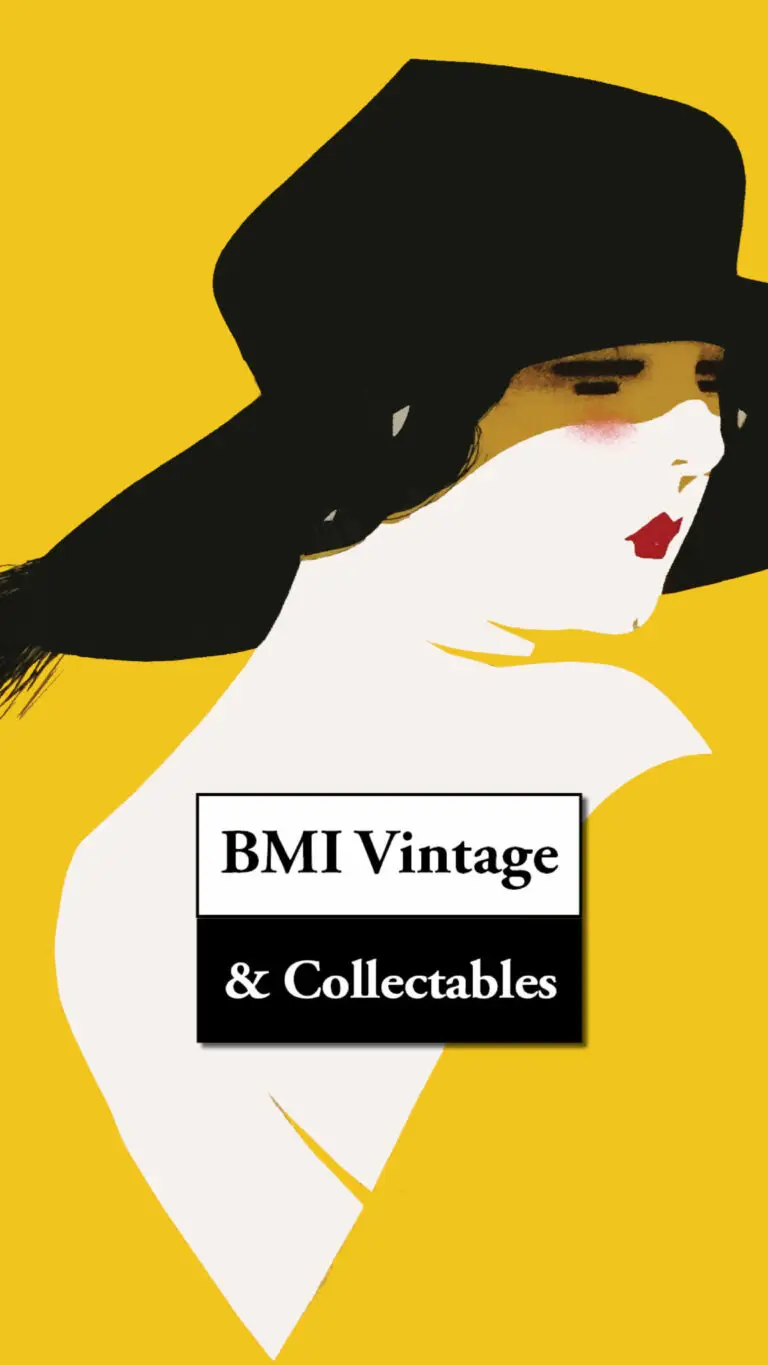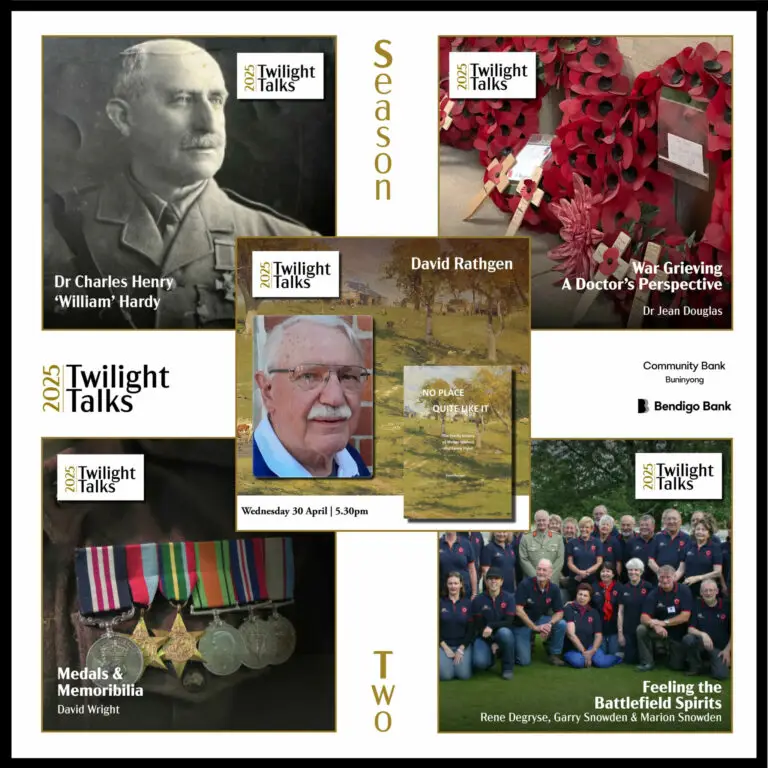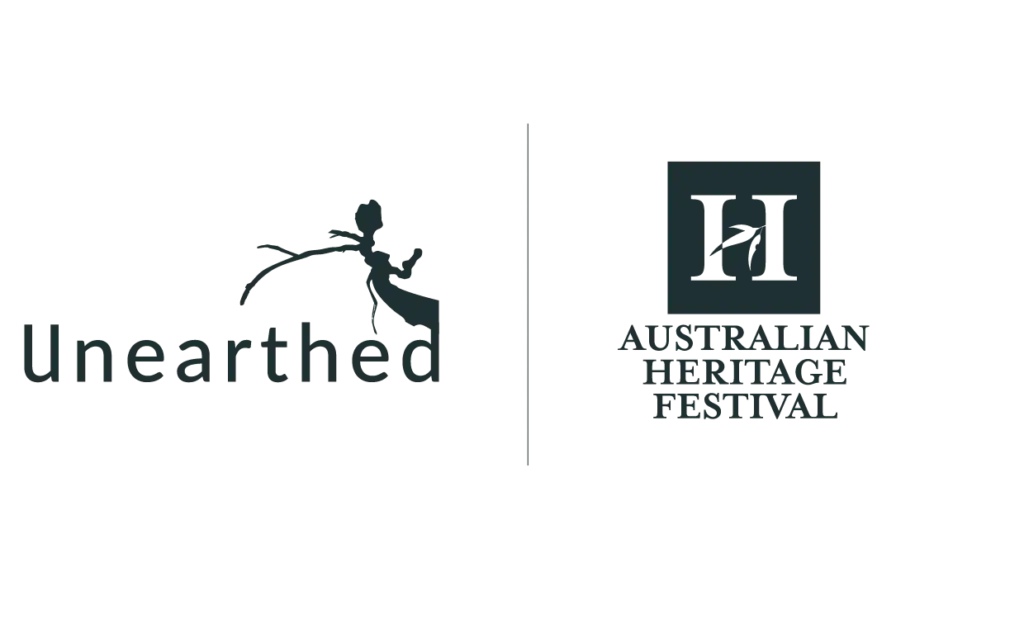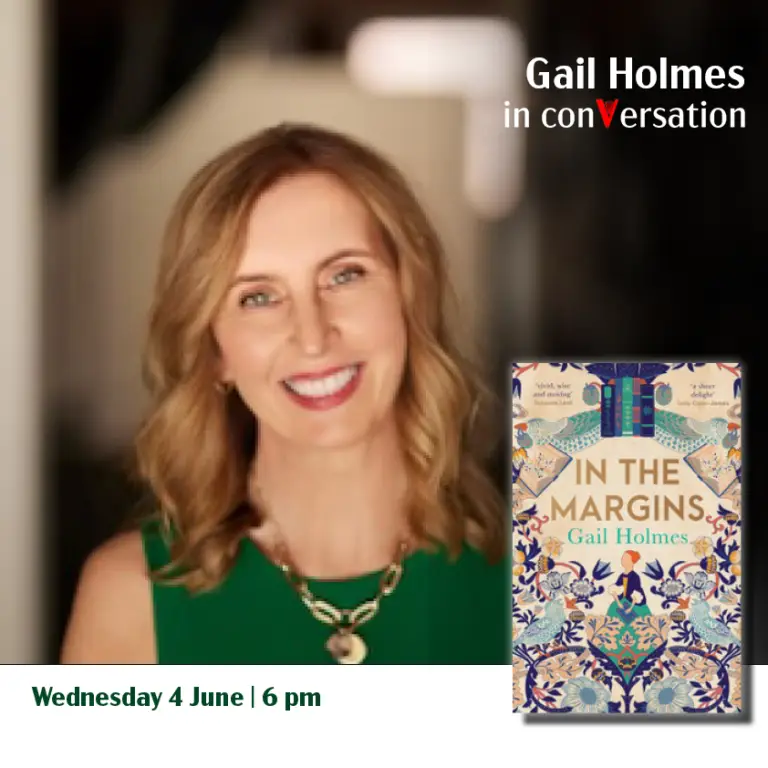Part of the historical and cultural heart of Ballarat CBD
Established in 1859, and independently run, membership to the BMI gives access to our lending library and heritage books and archives, and discounts on events and hire.
All are welcome to visit for tours, cultural events and exhibitions, and to hire our unique function rooms. With the addition of a new finishing kitchen, the BMI is a special venue for holding celebrations, weddings, conferences and performances.
The BMI is also now home to the Max Harris Photography Collection with curated displays to enjoy and prints to buy with all proceeds supporting the ongoing operations of our independently run cultural hub. Come for a visit today!
Ballaarat Mechanics’ Institute (BMI), sitting proudly under the watchful eye of Minerva, has welcomed a diverse group of people through its doors, from the founding fathers, to miners and others seeking knowledge through education.
Since 1859, the BMI has been used for balls, lectures, markets, cinema, library, concerts and cultural events. Following a magnificent restoration in 2013, the BMI continues its significant role in Ballarat’s rich cultural heritage.
Our building and story
The BMI is a prestigious heritage building with unique heritage collections and stories to match.
The BMI Board of Management is committed to maintain the BMI from the ravages of time, and to ensure that the building is relevant to today’s society. Without recurrent government funding, the BMI relies on the support of the community to help preserve the building and shape its future for the next generation of users.
DONATIONS
The BMI is a not for profit organisation that is an absolute treasure to the local and wider community. As an old building, maintenance is as on going challenge.
Our History
ORIGINS OF MECHANICS’ INSTITUTES
About 1803, George Birkbeck, a professor of natural philosophy at Anderson’s Institute, Glasgow, began giving a free course of lectures in the mechnical arts to local mechanics – the general term that seems to have been applied to tradesmen, skilled and semi-skilled workers of the time.
The idea caught the attention of Birkbeck’s contemporaries as “ordinary” people had little opportunity to improve their very basic education. By 1850 over 600 Mechanics’ Institutes had been established in England, alone.
In Australia, the first Mechanics’ Institute was established in Hobart in 1826. Sydney followed in 1833 and Melbourne in 1829.
In colonial Australia, nearly every town of any size established a Mechanics’ Institute or School of Arts.
In the days before Government funded libraries and adult education, the Mechanics’ Institute provided people with much-needed access to books, newspapers, periodicals, lectures and scientific demonstrations. Their halls also provided local communities with a place for social, cultural and recreational gatherings.
THE BALLARAT MECHANICS’ INSTITUTE
In 1856 an unsuccessful attempt was made to form an Industrial Institute in Ballarat.
By early 1859, following a public meeting, the Ballaarat Mechanics’ Institute was established. Committee meetings and lectures were held in a little cottage in Main Road and thanks to the generosity of the Fire Brigade, a Reading Room was established on the first floor of the Ballarat East Fire Station in Barkly Street. According to Nathan Spielvogel, the reading room contained three tables, 18 chairs, a number of newspapers and 72 books on the shelves.
Through the efforts of Peter Lalor (then an MP ) a piece of land in Sturt Street was set aside as the site for the future Mechanics’ Institute. Much argument ensued between the East and West Councils over the future location of a permanent Mechanics’ Institute in Ballarat.
Finally on Friday, September 28, 1860 the foundation stone of the back section of the Ballaarat Mechanics’ Institute was laid with full Masonic honours in front of a crowd, estimated by the Ballarat Star, as numbering 10,000.
This first part of the building consisted of a reading room, library, lecture room and two classrooms on the ground floor and a large hall on the first floor, capable of seating 1200 people. Charles Boykett was the architect.
The cost of the building was reported to be around £3400 and the Committee of the day took some time to pay off the debt.
The lecture hall on the first floor was not finally completed until 1864.
By 1868 the Institute was running out of space, so the Committee boldly decided to erect the existing, grand three-storey frontage to Sturt Street.
The design of architect J.H. Jones, of Ballarat, was chosen in mid 1868 and the front section was completed in July 1869 at an approximate cost of £6000. Difficulties with the foundations, the architect and the contractors caused a substantial overrun in cost.
The Committee again went into debt to finance this construction with members taking out “a joint and several” to guarantee repayment of the debt.
The front section of the building comprised extensive basements, shops on the ground floor and a museum on the top floor.
Unfortunately, a collapse in mining stocks in the early 1870s reduced the Institute’s rental income from its new shops and offices, from around £1400 per year to a little over £200 per year. Through a series of economy measures, arts exhibitions, a grand art union and promenade concerts, the Committee finally managed to retire its debt in 1874.
In 1878 the Museum on the top floor was closed and its exhibits, which included Professor Abel’s mineral collection, were handed over to the School of Mines. The top floor was then converted to a billiard room that opened on February 8, 1879. The room eventually housed four full-sized billiard tables.
In 1935 the requirement for more library space and easier access to the library, saw the Institute purchase an old 1865 Mining Exchange located behind the Bones building on the west side of the Institute.
The old mining exchange was connected to the main building and the library re-opened in March 1936. The former library area on the second floor was leased for business purposes.
The billiard room closed in 1937 through lack of patronage. Three of the tables were sold and the fourth was “loaned” to the Air Force Camp in 1941, as a patriotic gesture. The top floor was later leased for business purposes.
In 1909 the first bioscope pictures were shown in the main hall. Later, in 1917, the hall was leased to the Austral Photoplay Co. for showing silent pictures.
In 1919, a syndicate, including Messrs J. Clemens, C. Gemmola and F.S. Jelbart, opened the Britannia Picture Theatre. The Britannia was later followed by the Odeon and the Vegas 70 theatres.
Originally there were over a 1000 Institutes in the State. Today, in Victoria there are fewer than ten Mechanics’ Institutes still providing library and other services to their communities. The Ballaarat Institute is one of a select few that can claim to have continuously provided library services since its inception.
BMI News
A Message from the Chair | BMI Board of Directors | July 2025
Important Dates Hi Folks I have a confession to make-...
Rex’s Snippets | Moving Pictures at the Institute
The Large Hall/Auditorium The large hall or auditorium of the...








